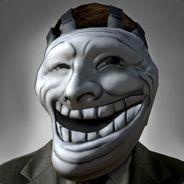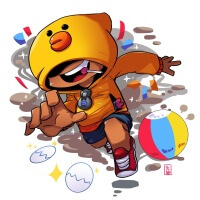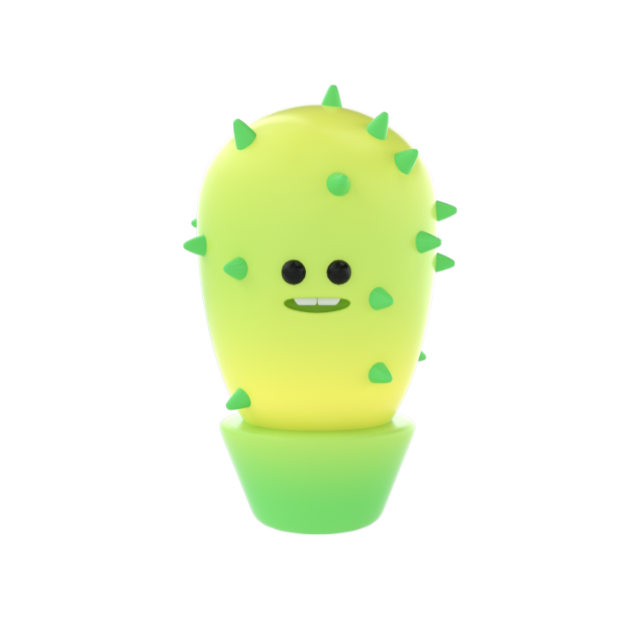1. READ AND TRANSLATE!
Read, translate
A Dearth of New Meds
Drugs to treat neuropsychiatric disorders have become too risky for big pharma
Schizophrenia, depression, addiction and other mental disorders cause suffering and cost billions of dollars every year in lost productivity. Neurological and psychiatric conditions account for 13 percent of the global burden of disease, a measure of years of life lost because of premature mortality and living in a state of less than full health, according to the World Health Organization.
Despite the critical need for newer and better medications to treat a range of psychiatric and neurodegenerative diseases, including Alzheimer‟s and Parkinson‟s, drugs to treat these diseases are just too complex and costly for big pharmaceutical companies to develop. The risk of spending millions on new drugs only to have them fail in the pipeline is too great. That‟s why many big drug companies are pulling the plug on R&D for neuropsychiatric and other central nervous system (CNS) medicines.
Our team at the Tufts Center for the Study of Drug Development has arrived at this conclusion after conducting surveys of pharmaceutical and biotechnology companies about the drug development process. These surveys allow us to generate reliable estimates of the time, cost and risk of designing new drugs. Our analyses show that central nervous system agents are far more difficult to develop than most other types.
One of the problems with neuropsychiatric drugs is that they take so long to develop. A CNS drug, we have found, will spend 8.1 years in human testing – more than two years longer than average for all agents.
36
It also takes more time to get regulatory approval – 1.9 years, compared with an average of 1.2 years for all drugs. Counting the six to ten years typically spent in preclinical research and testing, CNS drugs take about 18 years to go from laboratory bench to patient.
Few compounds survive this gauntlet. Only 8.2 percent of CNS drug candidates that begin human testing will reach the marketplace, compared with 15 percent for drugs overall. Failures also tend to occur later in the clinical development process, when resource demands and costs are at a peak. Only 46 percent of CNS candidates succeeded in late-stage (phase III) trials, compared with 66 percent on average for all drugs. As a result, the cost of developing a CNS drug is among the highest of any therapeutic area.
What makes these drugs so risky? Assessing whether or not a candidate for, say, a new antibiotic works is relatively straightforward – either it kills the bacterium or it doesn‟t – and a course of treatment typically lasts a few days, which obviates the need for long-term testing for safety and efficacy. CNS compounds, in contrast, have it a lot tougher. It is difficult to judge if a reduction of schizophrenic episodes or a cognitive improvement in Alzheimer‟s patients is the result of a drug or a random fluctuation in the patient‟s condition. Treatment periods can last as long as a patient‟s lifetime. It is no wonder success rates are low.
Some help is on the way. The Coalition Against Major Diseases, made up of government agencies, drug companies and patient advocacy groups, has developed a standardized clinical trials database that will allow researchers to design more efficient studies of new treatments, initially for Alzheimer‟s and Parkinson‟s. President Barack Obama‟s health reform law also contains several provisions that could provide incentives for innovation in areas of unmet medical need. One is the Cures Acceleration Network, which authorizes the National Institutes of Health to help academic researchers screen for promising compounds.
37
Ultimately, making new CNS medicines may depend on a networked approach to innovation, in which many organizations share in the risks and the rewards. It is clear that the challenges of developing new neuropsychiatric medicines are greater than any one company, institution or organization can bear alone.
129
203
Ответы на вопрос:
i have got many friends. my friend is oleg. he is 13. oleg has got a big dog. my friend likes to ride a bike. we usually ride our bikes together.
dima and kolya are my friends, too. dima is 12 and kolya is 13. they like to play football. we play football together.
kostya is my best friend. he is 13. he has got an elder brother. he likes to swim. we go to the swimming pool together.
Реши свою проблему, спроси otvet5GPT
-
Быстро
Мгновенный ответ на твой вопрос -
Точно
Бот обладает знаниями во всех сферах -
Бесплатно
Задай вопрос и получи ответ бесплатно

Популярно: Английский язык
-
Might,may,could,must,can t...
 Xomawq11.08.2020 23:31
Xomawq11.08.2020 23:31 -
сделайте и только правильно!...
 253n08.05.2023 08:09
253n08.05.2023 08:09 -
C. She was such considerable person. She knew how much I missed my parents...
 Maiss126.12.2022 10:06
Maiss126.12.2022 10:06 -
с англиским, я тупой, тока первое на листочке...
 Domashka0013.09.2021 02:54
Domashka0013.09.2021 02:54 -
с заданием, или хотя бы подсказать, что за учебник. B the children doing?...
 tim4ik11428.03.2022 20:48
tim4ik11428.03.2022 20:48 -
Complete the text with active or passive participle clauses based on the...
 Marinet11108.05.2021 01:52
Marinet11108.05.2021 01:52 -
20 баллов очень надо английский язык Past simple и past perfect Решается...
 misskamii06.03.2022 03:05
misskamii06.03.2022 03:05 -
1.The person I really admire is my ____ elder brother Tomas. 2.He ___ a...
 pro6323.02.2023 01:40
pro6323.02.2023 01:40 -
Сделайте правильно Сорри что балов мало даю,нет больше)...
 kostyuchkova1225.02.2022 08:43
kostyuchkova1225.02.2022 08:43 -
We haven t got much/some/a lot milk. ?...
 dashalimonka201.12.2022 17:59
dashalimonka201.12.2022 17:59

Есть вопросы?
-
Как otvet5GPT работает?
otvet5GPT использует большую языковую модель вместе с базой данных GPT для обеспечения высококачественных образовательных результатов. otvet5GPT действует как доступный академический ресурс вне класса. -
Сколько это стоит?
Проект находиться на стадии тестирования и все услуги бесплатны. -
Могу ли я использовать otvet5GPT в школе?
Конечно! Нейросеть может помочь вам делать конспекты лекций, придумывать идеи в классе и многое другое! -
В чем отличия от ChatGPT?
otvet5GPT черпает академические источники из собственной базы данных и предназначен специально для студентов. otvet5GPT также адаптируется к вашему стилю письма, предоставляя ряд образовательных инструментов, предназначенных для улучшения обучения.
